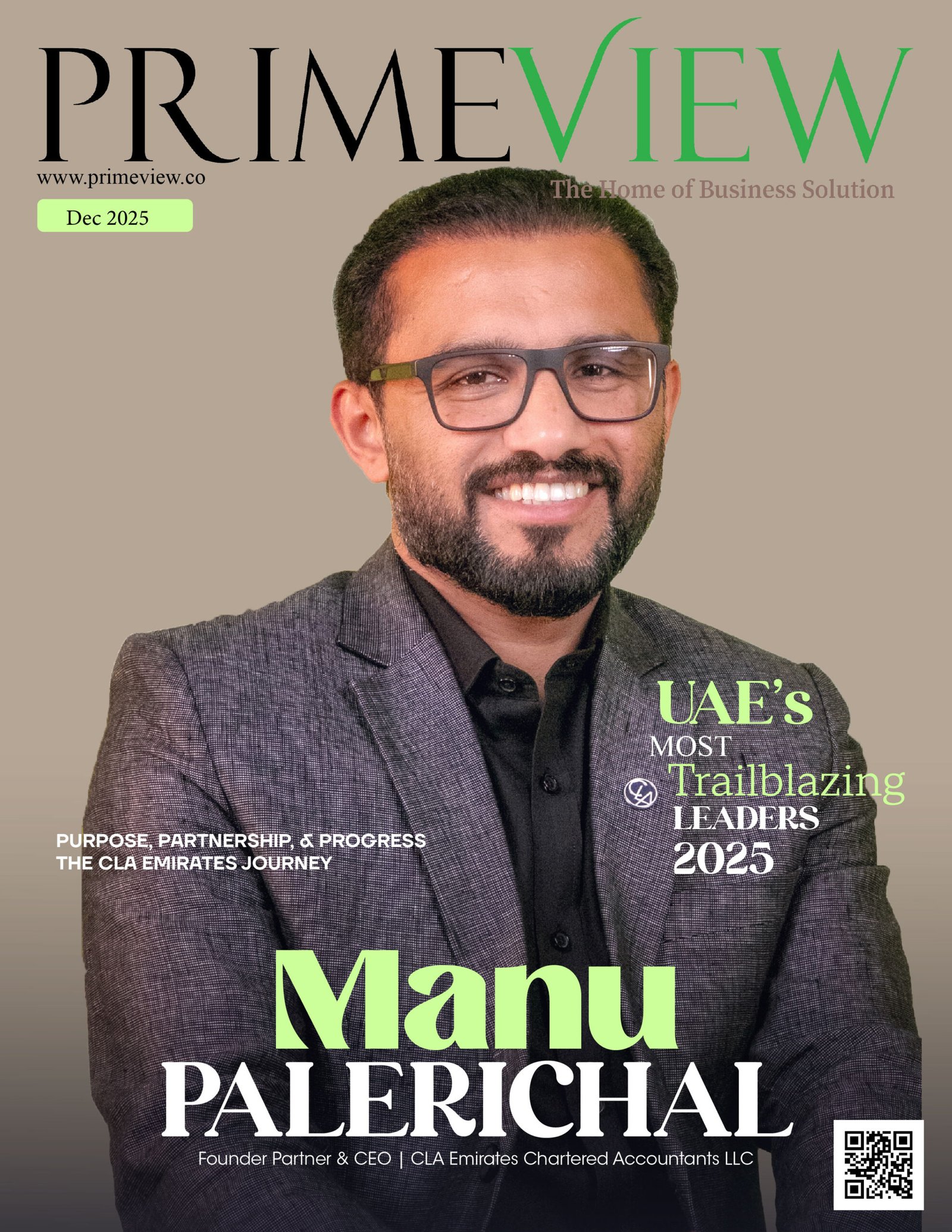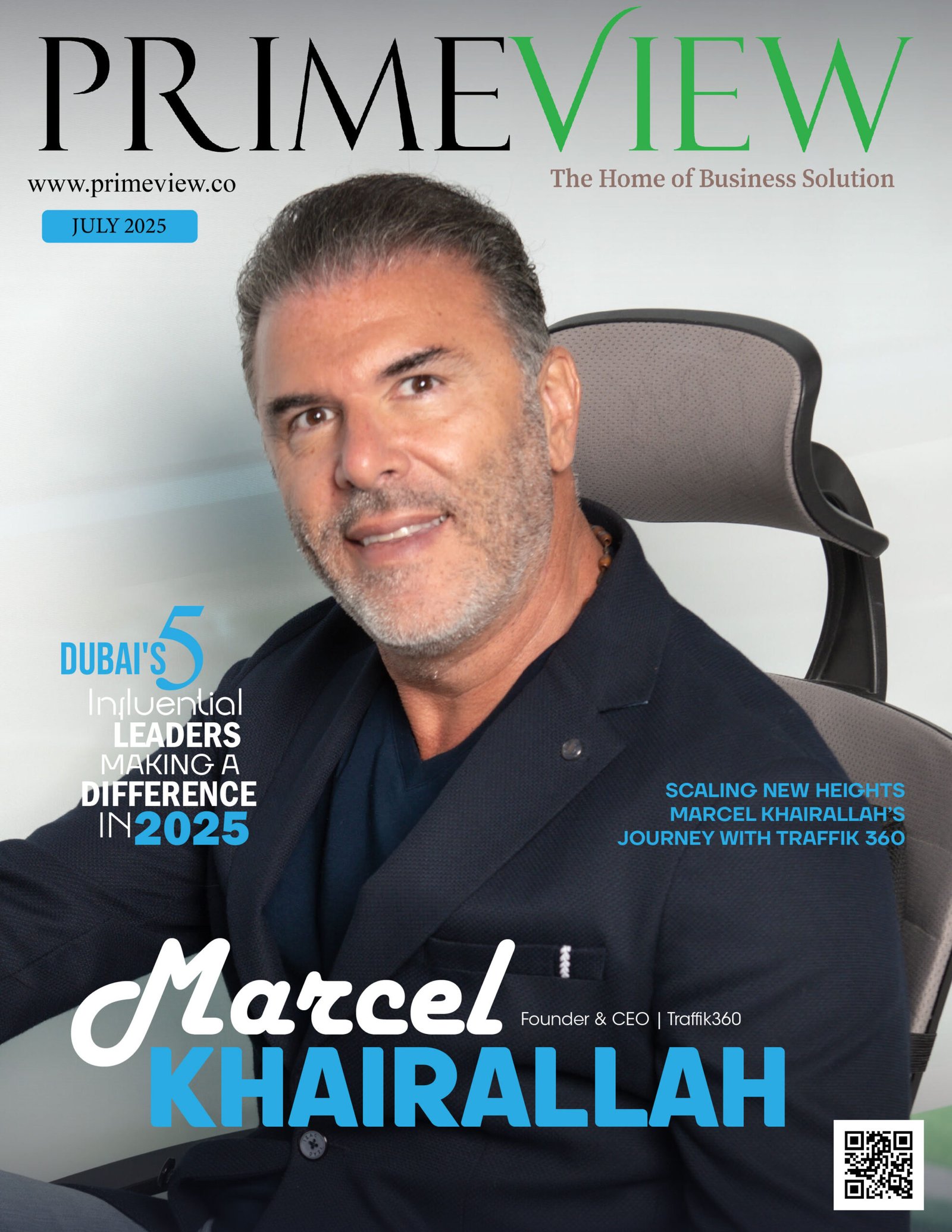James Hutson is a visionary educator and tech leader who has created equitable, engaging, and innovative learning experiences for over one and a half decades. As the Lead XR Disruptor at Lindenwood University, James empowers partners and clients through consultation on AI integration projects.
A Versatile Leader: Adapting and Growing
James’s journey at Lindenwood University began in 2010 with the mission to build and develop the undergraduate Art History program within the School of Fine and Performing Arts. His academic foundation lies in Studio Art and Art History, with degrees from the University of Tulsa and Southern Methodist University and a Ph.D. from the University of Maryland, College Park. These credentials enabled him to expand the Art History curriculum, transforming it into a comprehensive program recognized nationally for undergraduate and graduate study.
By 2016, James transitioned into more administrative roles, including Assistant Dean of Online and Graduate Programs. This marked a turning point as he gained significant exposure to business management and technology. He led the development of 25 new online degrees and certificates, several of which have received awards. This period also saw the creation of a graduate degree in Art History alongside programs in Game Design and Digital Marketing, integrating creativity with cutting-edge digital technologies.
In 2019, James took on the leadership of immersive realities (VR/AR) initiatives at Lindenwood, resulting in the establishment of the XR and Gaming Lab. This lab quickly became a hub for human-subject research focused on serious gaming, where their work informs both academic innovation and practical industry applications.
By 2021, James was appointed as the Lead XR Disruptor, expanding his success in VR to a broader range of AI initiatives. Currently, he is focused on integrating AI solutions across the campus, driving curriculum innovation, and leading conversations on AI’s transformative potential in academia and related industries. In addition to these roles, he serves as the Department Head of Art History and Visual Culture.
“The convergence of these roles has allowed me to build a unique perspective that blends art, technology, and leadership. My current objectives include positioning Lindenwood as a leader in human-centered AI programming while expanding our immersive realities research,” James says.
Fostering a Collaborative Culture
Fostering collaboration in a multidisciplinary environment requires creating an atmosphere of trust, open communication, and shared vision. James prioritizes cross-disciplinary partnerships, forming teams that blend diverse expertise—from AI and XR technical specialists to art history and pedagogy experts. His leadership philosophy revolves around empowering each team member, ensuring everyone feels valued for their unique contributions, and creating an environment where creativity and innovation can flourish.
“The XR and Gaming Lab is a perfect example of this approach. By ensuring that our lab is a space where people from diverse academic backgrounds can experiment and contribute, we create synergies that drive impactful outcomes. I focus on aligning our initiatives with broader academic goals while ensuring the work remains relevant to industry needs. This collaborative approach extends to partnering with external entities,” explains James.
Challenging Leadership Decisions in Leading the Immersive Arts and Culture Hub
James described one of the more complicated leadership decisions as balancing the need for rapid technological advancements with the ethical considerations inherent in immersive technologies. As the Immersive Arts and Culture Hub expanded, James and his team had to establish protocols that would ensure both academic freedom and adherence to ethical standards, especially in human-subject research. This challenge required navigating diverse viewpoints and stakeholder interests while maintaining the integrity of the research outputs. To address this, James spearheaded the development of a rigorous ethical framework and standardized procedures that all projects in the XR Lab must follow.
Creating a Fine Balance Between Technical and Creative Aspects in Leadership Roles
Balancing the technical and creative aspects of leadership roles involves embracing the idea that innovation thrives at the intersection of these domains. Whether leading the Art History department, the XR Lab, or AI initiatives, James prioritizes projects that integrate both creative expression and technological rigor. This duality is particularly evident in how the team designs immersive learning experiences that blend storytelling, historical analysis, and AI-driven interactivity.
The Impact of AI-Driven Tools and Technologies
AI-driven tools such as adaptive learning platforms and real-time data analytics have the potential to revolutionize XR in education. Predictive models that adapt educational content based on individual learning trajectories show particular promise. These tools can transform traditional static learning modules into dynamic experiences that cater to each student’s needs.
Furthermore, the integration of natural language processing within XR environments can enhance interactivity by allowing students to engage in more nuanced dialogues and scenarios.
The Integration of AI in Educational XR Environments
Ensuring ethical and inclusive AI integration requires a multi-layered approach focused on transparency, accountability, and equitable access. The XR Lab team adheres to strict ethical guidelines designed to protect user data and ensure informed consent in all projects. They also prioritize inclusivity by designing platforms accessible to learners of diverse cognitive and physical abilities.
Inclusivity also extends to AI model training, ensuring diverse datasets are used to prevent biases that could disadvantage certain groups of learners. By embedding ethical considerations from the outset, the primary goal is to create AI-enhanced XR environments that enhance learning without perpetuating existing inequities.
Transforming Traditional Educational Models and Challenges
AI and XR are set to significantly change educational models by making them more personalized, interactive, and adaptable. Traditional one-size-fits-all approaches are being replaced by learning environments that can dynamically adjust to the needs of each student. This is especially important in subjects that benefit from experiential learning, where students can engage with concepts in immersive, hands-on ways.
However, these advancements come with challenges. Integrating AI and XR requires significant investment in infrastructure, professional development, and ongoing support. Moreover, there is the risk of deepening digital divides if access to these technologies is not made equitable. Addressing these challenges requires careful planning, robust policy frameworks, and a commitment to inclusivity.
Emerging and Exciting trends
As Editor-in-Chief, James is particularly excited about trends that explore the convergence of AI, XR, and human-centered design in educational contexts. The journal serves as a platform for showcasing cutting-edge research that pushes the boundaries of how they think about education. James is especially interested in studies investigating the ethical dimensions of AI and its implications for inclusivity, as well as research on adaptive learning technologies that offer personalized educational experiences.
Another exciting trend is the exploration of AI’s potential in fostering creativity, challenging the idea that technology and creativity are at odds.
The Remarkable Impact of the XR and Gaming Lab at Lindenwood
The impact of the XR and Gaming Lab is measured through a combination of academic metrics, industry collaborations, and community engagement initiatives. The success of the projects is tracked through published research, student outcomes, and partnerships with external organizations. The human-subject research at Lindenwood generates data that not only contributes to academic discourse but also informs real-world applications in education, healthcare, and other areas.
Driving Growth by Integrating XR and AI in Education
Looking ahead, James aims to establish an AI research center that will serve as a hub for interdisciplinary collaboration. This center would address complex global challenges such as sustainability, health, and equity by integrating insights from fields as diverse as art, machine learning, and human-centered design to create innovative solutions that have a real-world impact. Further, James plans to build on the existing success of the XR and Gaming Lab by expanding partnerships with industry, government, and academic institutions. He wants to create an environment where breakthrough research and transformative learning experiences can flourish by fostering fluid academic boundaries.












